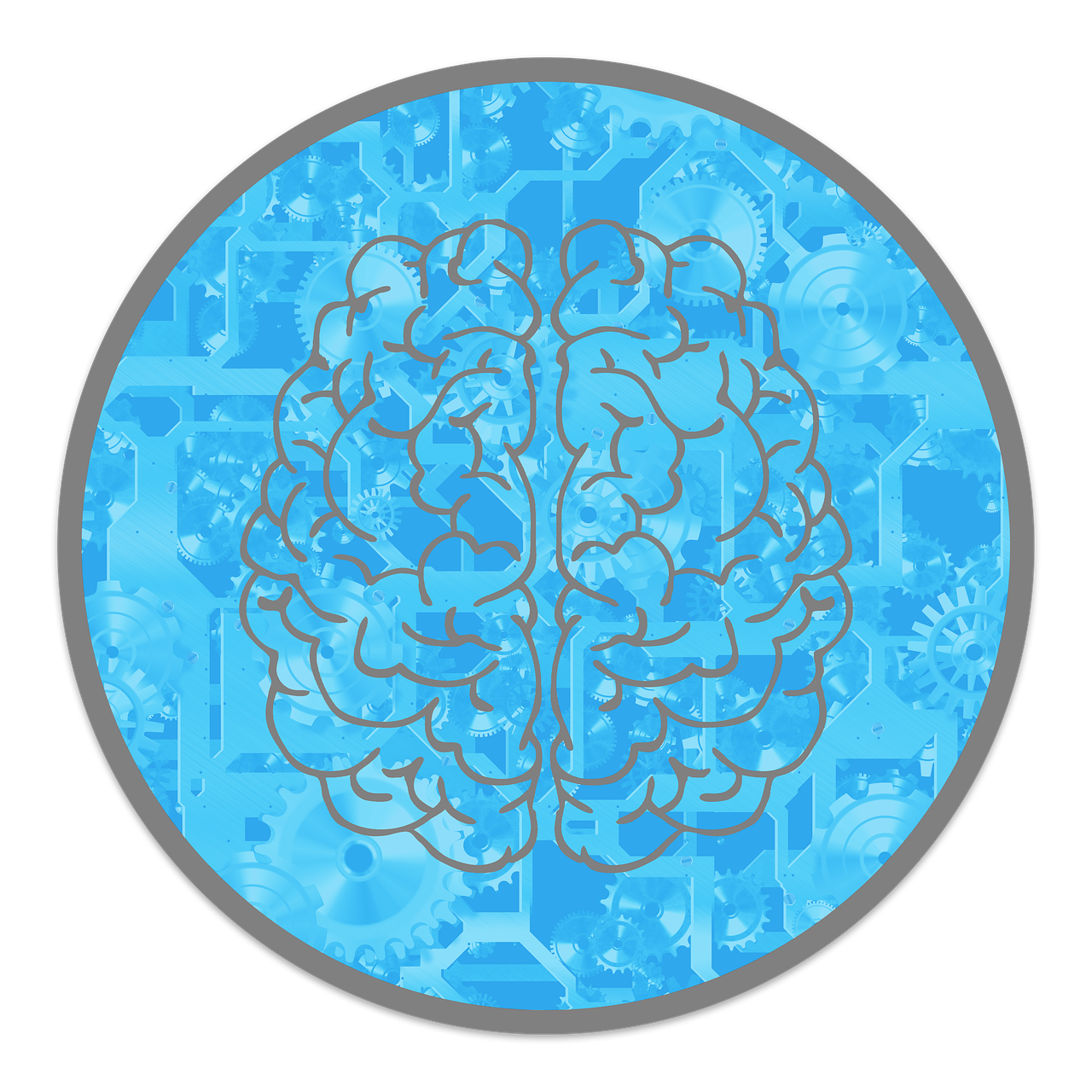
We like to think we’re logical, but our brains love shortcuts—and not always the smart kind.
These shortcuts, called cognitive biases, quietly mess with how we make decisions.
From what we wear to big business moves, our minds aren’t as rational as we think.
In marketing especially, knowing how biases shape behavior is a game-changer.
This article breaks down what cognitive biases are, why they happen, and how to spot (and stop) them before they steer you wrong.
Think of it as giving your brain a pop-up blocker—so you can make better calls, in work and life.
What Exactly Are Cognitive Biases?
Cognitive biases are brain glitches—predictable ones.
They happen when your brain tries to save time and energy by taking shortcuts while thinking.
These shortcuts, called heuristics, help you deal with all the info flying at you 24/7. But here’s the catch: they don’t always work out.
Instead of looking at every angle or checking all the facts, your brain often jumps to conclusions.
Sometimes that works great—like when you dodge a ball without thinking.
Other times, it totally backfires—like trusting your gut on a sketchy investment because it “feels right.”
These biases aren’t random. They show up in patterns.
That’s why researchers in behavioral economics and decision science have been able to list and study hundreds of them.
Confirmation bias? That’s your brain high-fiving itself for being right—even when it’s not.
Anchoring bias? It’s why you think $49.99 is cheap after seeing $99.99 first.

Why Our Brains Are Biased?
If you’ve ever made a weird decision and thought, “Why did I do that?”—the answer might be: your brain’s just doing what it evolved to do.
Back in caveman days, thinking fast—not thinking perfectly—kept people alive.
Imagine you’re chilling in the grass, and it rustles. You don’t sit there analyzing it like a data scientist. You run.
Maybe it’s wind, maybe it’s a tiger—but your brain picks speed over accuracy, because slow thinkers didn’t survive long.
That’s where cognitive biases come from.
They’re the brain’s mental shortcuts, built to help early humans make snap calls in high-stress, low-info situations.
Take the availability heuristic. That’s when your brain assumes something’s more likely just because you remember it easily.
Helpful when you need to recall the last time a predator showed up at the river. Less helpful when you think plane crashes are common just because you saw one on the news.
Or look at confirmation bias. That’s your brain liking info that agrees with what you already believe.
Back then, it probably helped tribes stay united and not argue over every little thing.
Today? It’s why your uncle refuses to change his opinion no matter how many facts you show him.
These mental habits used to help us. But now we’re in a world filled with nonstop data, endless choices, and zero tigers.
The same shortcuts that once helped us stay alive can now totally mess with our decisions—at work, online, in relationships, even at the grocery store.
Common Cognitive Biases That Shape Our World
Let’s break down some common mental shortcuts your brain loves to take—and how they sneak into your daily life, work, and TikTok-fueled shopping sprees.
Confirmation bias
You love being right. So much that your brain ignores anything that says you’re wrong.
You look for info that backs up what you already believe and scroll past what doesn’t.
Real-world hit:
Ever notice how people only watch news that matches their views? Or how you trust a 5-star review because you already wanted that blender? That’s confirmation bias.
It keeps you comfy—but also keeps you from seeing the full picture.
Anchoring bias
Your brain grabs onto the first number or fact it sees and uses it as a starting point—even if it makes no sense.
Real-world hit:
A t-shirt that’s “on sale” for $40 from an “original” $80 feels like a steal—even if it’s really worth $15. Anchoring shows up in prices, salary talks, and guessing games.
That first number sticks like gum on your shoe.

Availability heuristic
If you can picture it, your brain assumes it happens a lot. Especially if it’s scary or recent.
Real-world hit
You hear about one shark attack and suddenly think swimming equals death. Or you think crime’s everywhere because it’s always on the news.
Emotionally charged stories trick your brain into thinking they’re common.
Framing effect
The way something is worded changes how you feel about it—even if the facts stay the same.
Real-world hit:
“90% fat-free” sounds healthy. “Contains 10% fat” feels like a cheat meal.
It’s literally the same thing. How you frame info changes how people respond. (Marketers know this. Oh, they know.)
Sunk cost fallacy
You keep throwing time, money, or energy into something just because you already spent a bunch—even if it’s clearly not working.
Real-world hit:
Still watching a terrible show in season 4? Staying in a toxic job or relationship because “you’ve already put so much into it”? That’s sunk cost.
Your brain hates wasting effort—even if the smartest move is to walk away.
Bandwagon effect
You believe or do something just because everyone else is doing it. Your brain says, “If it’s popular, it must be right.”
Real-world hit:
That viral TikTok product you bought that didn’t work? Bandwagon.
Meme stocks? Bandwagon.
Your brain assumes the crowd knows something you don’t. Sometimes they do. Sometimes they really, really don’t.
Overconfidence bias
You think you’re better at stuff than you actually are.
Your brain hands you an ego boost, even when it’s not earned.
Real-world hit
Entrepreneurs who dive into business without planning. Students who don’t study because “I totally get this.” People who refuse directions but still get lost.
Overconfidence feels good—until reality checks in.
The Real-World Impact of Biases on Decision-Making
Cognitive bias doesn’t just make you binge-watch shows you don’t even like.
It also slips into serious stuff—work, money, health, politics, and even the law. Let’s break it down:
Business decisions
Overconfidence bias is the classic CEO move—thinking they’re always right.
It can lead to ignoring warning signs, launching bad products, or betting big on shaky ideas. Bias doesn’t care how fancy your office is.
Personal finance
Still holding on to that stock that’s tanked for months? That’s the sunk cost fallacy talking.
And when a bank tells you one plan “saves 20%” vs. another that “costs 80%”? That’s framing.
Same math, different brain tricks.
Healthcare
Doctors are human too. Availability bias can make them overdiagnose something they saw recently.
Patients do it too—Googling symptoms, then freaking out because they think they have something rare.
Spoiler: it’s usually not a brain tumor.
Legal system
Memory’s not a video recording—it’s more like a sketchpad.
Memory bias messes with eyewitnesses, and how lawyers “frame” evidence can totally sway juries.
Justice isn’t always blind—it just needs better cognitive training.
Political discourse
Confirmation bias keeps people glued to news that tells them they’re right. Social media? It’s an echo chamber on steroids.
That’s how we end up yelling at each other over dinner instead of finding common ground.

Overcoming Cognitive Biases: Strategies for Improved Decision-Making
Here’s the truth—your brain is built with bias. It’s not broken. It’s just wired for speed, not accuracy.
So, no, you can’t totally delete biases like a bad app.
But you can learn to spot them and stop them from hijacking your decisions.
Here’s how to start doing that in real life:
Cultivate self-awareness
First step? Admit you’re not immune.
Everyone’s brain takes shortcuts. Look back at a few past decisions.
Ever stuck with a losing plan just because you’d already invested too much? Or ignored advice because it didn’t fit your opinion?
Yep, bias. It happens. Naming it is how you start fixing it.
Seek diverse perspectives
Seriously. Hang out with folks who challenge your thinking.
If everyone in your circle agrees with you, that’s a red flag for groupthink or confirmation bias.
Good decision-makers know how to handle being wrong—and they actually look for it.
Pro tip: Follow someone smart on social media who has totally different views than you. It’s uncomfortable. That’s the point.
Practice critical thinking
Your brain loves easy answers, but smart decisions come from asking questions.
Be the person who checks the source, reads the fine print, and asks “What am I missing?” Don’t just retweet.
Think. Facts aren’t your enemy—bad assumptions are.
Use structured decision-making frameworks:
Sometimes, your gut needs backup. Try these:
- Pros and cons list – Old school, but works. Forces you to slow down and weigh stuff clearly.
- Decision matrix – Got a complex choice? Rank what matters most. Score the options. Let numbers help.
- Pre-mortem – Before you start something big, ask: “What would make this totally fail?” Now fix that stuff before it breaks.
Slow down
Psychologist Daniel Kahneman says we have two thinking systems:
- System 1 is fast, emotional, and automatic.
- System 2 is slow, logical, and kind of lazy unless you make it work.
When the stakes are high, slow down. Don’t hit “buy” because something’s on sale.
Don’t accept the first offer. Pause. Think like you’re doing math in your head. That’s System 2 showing up.
Be aware of framing
Words matter. “90% success” sounds better than “10% failure,” but they’re the same. Catch that.
When you see data, flip it. How does it sound the other way? Still a good idea? If not, you just caught a framing trap.
Consider the opposite
Think your take is right? Cool. Now ask, “What if I’m wrong?” or “What would prove me wrong?”
This trick—considering the opposite—makes your brain stop coasting and actually evaluate your belief.
You’re basically running your own internal debate team.
Debias through education and training:
You can’t fight what you don’t see. So learn the common biases—confirmation bias, sunk cost, anchoring, all of it.
The more familiar you are, the faster you’ll spot them in the wild.
Take a course, read a book, or go full nerd on YouTube for a weekend.
Implement checklists and protocols
In high-pressure jobs like flying planes or performing surgery, people don’t rely on memory.
They use checklists. You should too—especially for decisions you make a lot or that carry big risks.
It takes emotion out of it and keeps you on track.

Wrap-Up: Make Smarter Choices, Not Perfect Ones
Your brain’s built to move fast, not always think smart. That’s where cognitive biases sneak in.
They shape what you believe, how you judge stuff, and the choices you make—without you even noticing.
But here’s the fix: Spot them. Question them. Slow down when it counts.
Use tools like pros/cons lists, get other opinions, and don’t trust your gut every time.
You’re not aiming to be a robot. Just someone who makes better calls—at work, in life, and even when choosing which Netflix show to binge next.



